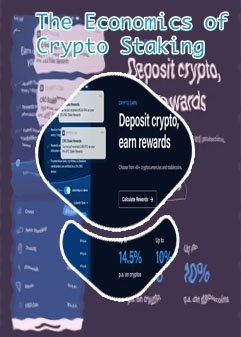
Polygon - 4.2%* Yearly yield
Stake on crypto com
* Gross Reward Rate (GRR) represents the annualized proportion of rewards received by the protocol relative to the total amount staked in the protocol, presented as a percentage. GRR may be impacted by many factors of dilution and fluctuation outside of our control that influence the outcome. For example, these factors could include the length of the global validator activation queue, incoming deposit volume, and timing. How to stake CRO again Ripple (XRP) is the sixth-largest cryptocurrency by market cap. While cryptocurrencies have become extremely popular, so has their adoption rate. While numerous people make income from crypto by trading and investing, staking has also become a community favorite. Users stake crypto to earn passive income from their crypto holdings.
How to Stake on Binance?

Stake cryptocom
Block rewards and fines are essential to the nominated Proof-of-Stake consensus mechanism and proper operation of the blockchain. For each block created, the node operator who authored it is rewarded in POLYX and gives a cut to their stakers. However, failure to meet performance standards of the blockchain can lead to node operators being fined in POLYX. Stakers may also be fined pending Governance Council approval. Rewards and fines are calculated and enacted per era (every 24 hours). How to lock up CRO again This can be done by locking up a certain amount of cryptocurrency as collateral. In return, participants are rewarded with additional crypto for validating transactions. Staking is considered an eco-friendly alternative to cryptocurrency mining and allows cryptocurrency holders to earn passive income while supporting the blockchain ecosystem.
Best crypto wallet